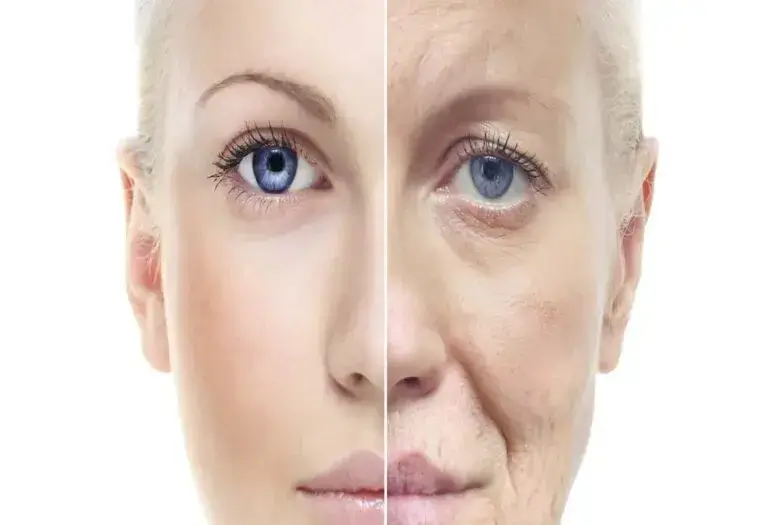
Introduction
Modern technology has brought forth cutting-edge therapies to improve our physical appearance and general health in pursuing beauty and wellness. Skin tightening machines transform the cosmetic business by providing non-invasive methods for achieving firmer, more youthful-looking skin.
These cutting-edge tools work through various processes to increase skin elasticity, promote collagen formation, and lessen the visibility of drooping and wrinkles. This thorough guide delves into the complex mechanisms of skin-tightening machines, elucidating the science underlying their efficacy and examining the vast array of methods utilized to attain more supple, taut skin. To fully appreciate these devices’ usefulness and advantages, one must comprehend how they operate.
This section will thoroughly explain how skin-tightening machines work, highlighting the cutting-edge technology that powers these machines and how they improve the elasticity and look of the skin. Let’s examine the science underlying skin-tightening devices and learn how to get more youthful, tighter skin.
Basics of Skin Tightening – The Concept
It’s essential to understand the basics of skin aging and the function of collagen in preserving skin elasticity before diving into the workings of skin tightening devices. The structural protein collagen, widely distributed in the skin, gives it support and strength while preserving its resilience and stiffness. But as we age, our skin loses elasticity and wrinkles and sags due to decreased collagen production.
Skin tightening treatments stimulate collagen synthesis and promote tissue remodeling to counteract these effects and restore a more youthful appearance. Non-invasive skin tightening machines have become increasingly popular since they can produce apparent results with little discomfort, even while more conventional methods like surgery and topical treatments are still available.
Mechanisms of Skin Tightening Machines – How do Skin Tightening Machines work?
Skin tightening machines use various technologies and procedures to revitalize the skin and enhance its firmness and texture. Let’s examine some of the most widely used mechanisms found in these gadgets:
Radiofrequency (RF) Technology: Using electromagnetic waves to send heat deep into the dermal layers, radiofrequency skin tightening stimulates the creation of collagen and tightens loose skin. Collagen fibers are heated by radiofrequency energy, which causes them to contract and start wound healing. This results in tissue remodeling and neocollagenesis. This procedure increases general firmness, minimizes wrinkles, and improves skin elasticity. Because RF treatments are adaptable and can be tailored to target particular problem areas, they are appropriate for various skin types and issues.
Ultrasound Therapy: Also referred to as Ultherapy, ultrasound skin tightening uses concentrated ultrasonic energy to target the primary tissues that maintain the skin’s structure by penetrating the skin’s deeper layers. Ultrasound therapy causes a natural healing reaction and increases the creation of collagen by precisely delivering thermal energy to the required depth. This leads to a gradual tightening and lifting of the skin. Ultrasound treatments are beneficial when treating sagging skin on the face, neck, and décolletage. As collagen production increases, outcomes get better with time.
High-Intensity Focused Ultrasound (HIFU): HIFU technology targets the deep structural layers that sustain skin integrity by delivering focused ultrasound energy to specific depths within the skin. HIFU causes collagen formation and tissue contraction by creating thermal coagulation spots at particular depths, gradually lifting and tightening the skin. Skin laxity on the face, neck, and torso can be effectively treated with HIFU treatments, which are well-known for their accuracy and effectiveness. Patients frequently see noticeable results after just one session.
Utilizing the power of light energy: laser skin tightening stimulates the creation of collagen and tightens the skin. Fractional lasers produce precisely timed bursts of laser light that pierce the epidermis and cause tiny thermal lesions. This activates the body’s healing mechanism, skin tightening, and collagen remodeling. Because laser treatments may precisely target particular regions, they are a good option for treating mild to moderate skin laxity, wrinkles, and fine lines. Furthermore, laser therapy can enhance skin texture and tone, giving the face a smoother, younger appearance.
Microcurrent Stimulation: Low-level electrical currents are used in microcurrent therapy to activate facial muscles and increase cellular activity. Microcurrent stimulation stimulates collagen formation, improves circulation, and softly tones and contracts facial muscles. This non-invasive method can strengthen general skin firmness, minimize the appearance of fine lines and wrinkles, and improve facial contours. Because microcurrent treatments can lift and sculpt the face without invasive procedures, they are frequently called “non-surgical facelifts.”
Wrapping Up
Skin tightening machines are a cutting-edge method of reviving the skin and thwarting the telltale symptoms of aging. These devices stimulate collagen formation, increase skin elasticity, and promote tissue remodeling using modern technologies, including radiofrequency, ultrasound, laser, microcurrent, and HIFU.
The result is skin that is firmer, tighter, and more youthful-looking. For those looking to regain their skin vigor and confidence, skin tightening machines are a safe, non-invasive, and effective treatment option, whether used alone or in conjunction with other modalities. As technology advances, future skin tightening procedures could be increasingly more sophisticated and individualized, catering to each patient’s requirements and preferences.